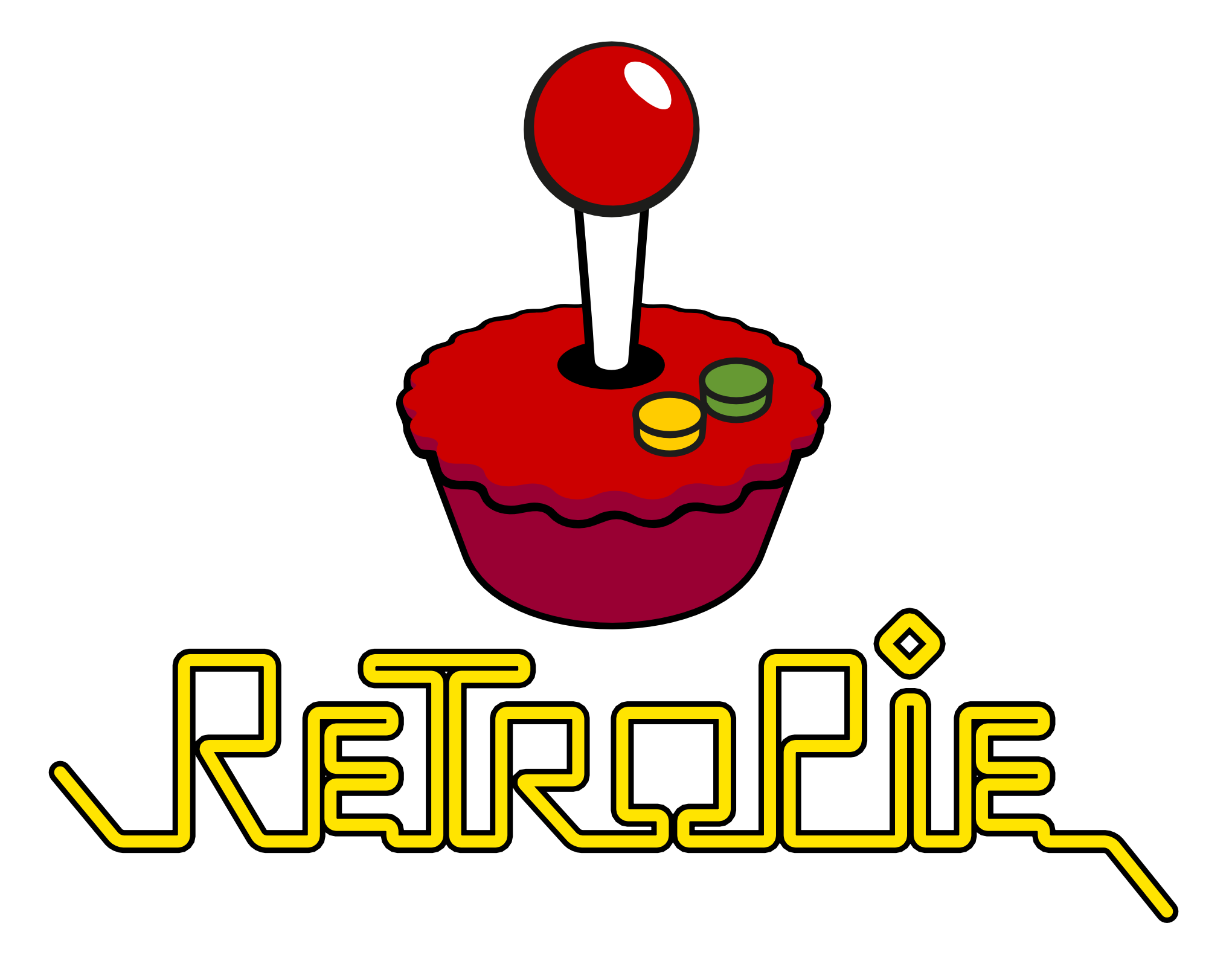CSS Ellipsis Beginning of String
I was incredibly happy when CSS text-overflow: ellipsis (married with fixed width and overflow: hidden was introduced to the CSS spec and browsers; the feature allowed us to stop trying to marry JavaScript width calculation with string width calculation and truncation. CSS ellipsis was also very friendly to accessibility.
The CSS text-overflow: ellipsis feature is great but is essentially meant to ellipsize strings only at the end; what if we want to ellipsize the beginning of a screen? The use case is fairly reasonable: think displaying a file path -- many times the directory for a set of files is the same, in which case you'd want to display the end of the string, not the beginning.
Let me show you a trick for ellipsis at the begging of the string!
The CSS
Showing an ellipsis at the front of a string is mostly the same as ellipsis at the end, only with one simple trick:
.ellipsize-left {
/* Standard CSS ellipsis */
white-space: nowrap;
overflow: hidden;
text-overflow: ellipsis;
width: 200px;
/* Beginning of string */
direction: rtl;
text-align: left;
}
To add an ellipsis at the beginning of a string, use RTL and and text-align to clip the beginning of the string!
Playing RTL off of text-align is a genius way to get the desired effect of CSS ellipsis at the beginning of an element or string. It would be great for the CSS spec to implement a more robust ellipsis system but, for now, I worship amazing CSS tricks like this!
![How to Create a RetroPie on Raspberry Pi – Graphical Guide]()
Today we get to play amazing games on our super powered game consoles, PCs, VR headsets, and even mobile devices. While I enjoy playing new games these days, I do long for the retro gaming systems I had when I was a kid: the original Nintendo...
![From Webcam to Animated GIF: the Secret Behind chat.meatspac.es!]()
My team mate Edna Piranha is not only an awesome hacker; she's also a fantastic philosopher! Communication and online interactions is a subject that has kept her mind busy for a long time, and it has also resulted in a bunch of interesting experimental projects...
![Advanced CSS Printing – Using JavaScript Double-Click To Remove Unwanted DIVs]()
Like any good programmer, I'm constantly searching around the internet for ideas and articles that can help me improve my code. There are thousands of talented programmers out there so I stumble upon some great articles and code snippets that I like to print out...
![CSS Kwicks]()
One of the effects that made me excited about client side and JavaScript was the Kwicks effect. Take a list of items and react to them accordingly when hovered. Simple, sweet. The effect was originally created with JavaScript but come five years later, our...





The CSS spec seems to recommend against using the
directionproperty on web pages:https://drafts.csswg.org/css-writing-modes-3/#direction
Happy to have helped!
https://stackoverflow.com/questions/9793473/text-overflow-ellipsis-on-left-side/9793669#9793669
http://jsfiddle.net/yak613/fhr2s10c/
This seems kind of strange. Where is the extra slash coming from?
This trick seems to be broken for Safari which still truncates from the back then appends the ellipsis to the front.
Chrome/FF: 12345 => …345
Safari: 12345 => …123
For anyone having issues with symbols, like the plus sign in international phone numbers, add this:
unicode-bidi: plaintext;
If anyone dealing with multiline strings to truncate i recommend using the cuttr.js (https://github.com/d-e-v-s-k/cuttr-js) library ;)
Just in case anyone else runs into this… I had an issue where if the text contained punctuation, adding
moved the punctuation marks to the beginning of the text. I solved this by appending the unicode character to the end of the string with an :after
.ellipsize-left { /* Standard CSS ellipsis */ white-space: nowrap; overflow: hidden; text-overflow: ellipsis; width: 200px; /* Beginning of string */ direction: rtl; text-align: left; } .ellipsize-left:after { content: '\200E' }